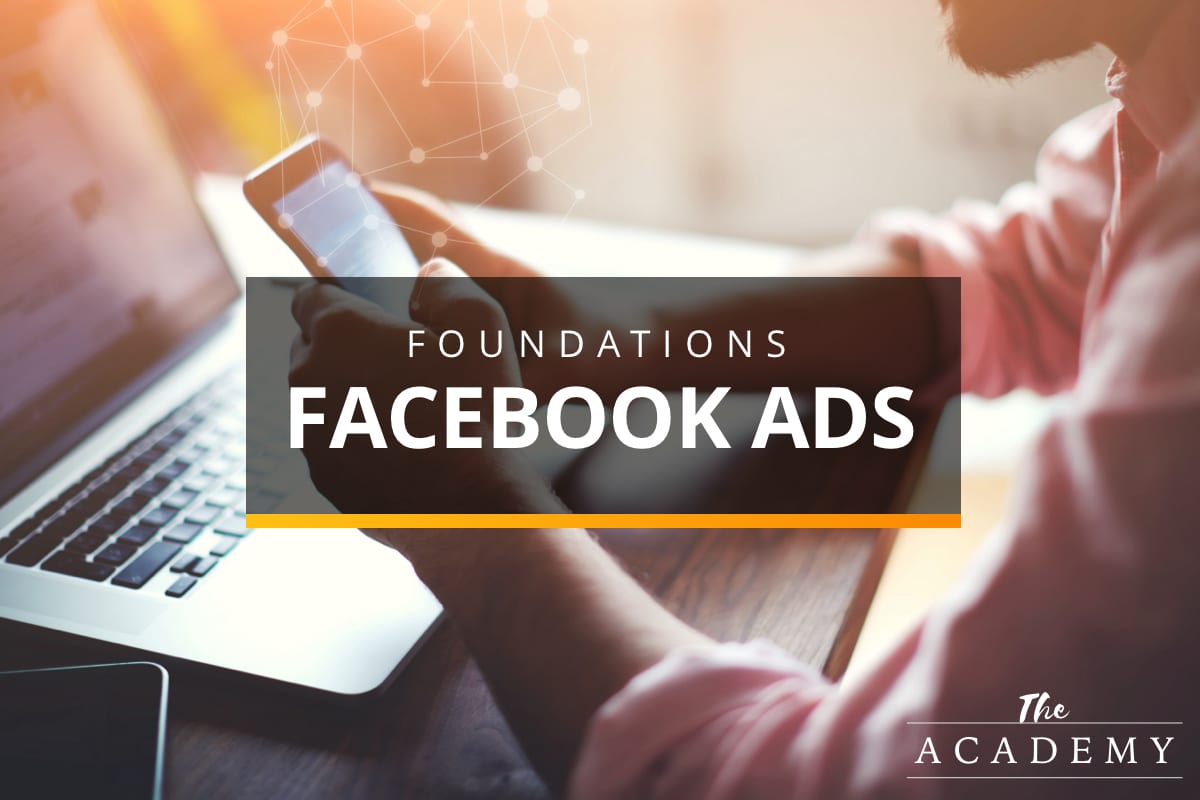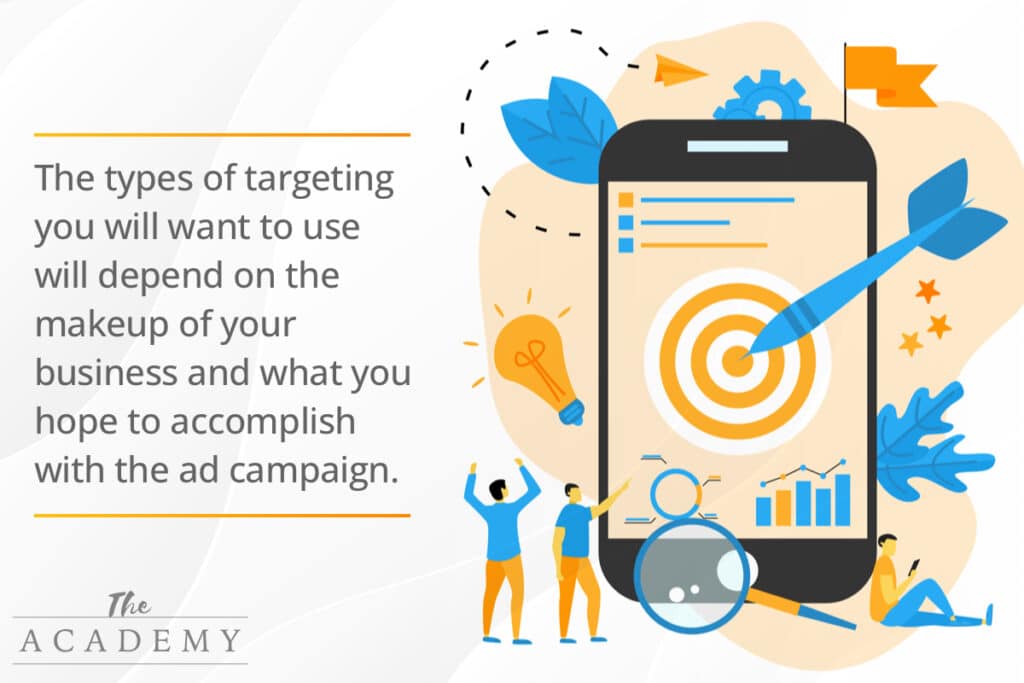
While it seems like just yesterday that Facebook Ads was a new player in the digital marketing landscape, time has passed quickly, and this platform is now a proven means of reaching a targeted audience. If you would like to seek out any specific group of people online to promote your goods or services, there’s a good chance that Facebook Ads will be able to help you reach that goal.
Of course, you can’t just expect to throw random ads up on the web and find success. Instead, you’ll need a detailed strategy that targets the right people at just the right time to get them to take action. Facebook Ads is a competitive marketplace, meaning it’s easy to spend too much on ads that aren’t effective if you don’t go into this process with a plan. Use the advice below to get started building a profitable campaign.
It’s All About Targeting
The power of running ads on Facebook can be found in the ability to target your marketing efforts toward very specific audiences. Since Facebook has such a wealth of information about its users, you can leverage that data to pick out just the right people to see your ads. Missing out on effective targeting would be missing out on what makes Facebook advertising such a great opportunity for so many businesses.
Before you even head to the Facebook Ads platform to get started building a campaign, you need to do some work to understand who your target audience is and what characteristics they tend to share. If your business has been around for a while, you probably know a lot of this already. If not, it’s time to get to work and figure out what that ideal customer persona looks like. You’ll want to have this information ready to go when you start doing the work of creating ads on Facebook, so you can target an appropriate audience right from the start.

The types of targeting you will want to use will depend on the makeup of your business and what you hope to accomplish with the ad campaign. Some examples of how you can target certain groups include the following:
- Group by interest. This is a great way to get started with your targeting at a high level. It’s pretty easy to figure out what your ideal customer would be interested in based on what it is that you sell. For instance, if you sell apparel that is worn when playing specific sports, you could target your ads based on Facebook users who have acknowledged that they like those sports. Right away, you’d have narrowed down the massive Facebook user base into a subset of people that are at least potentially interested in what you are selling. It’s likely that you’ll want to get more specific to yield even better results, but this is a good starting point.
- Aim for specific demographics. To get an even tighter focus on those Facebook users who are likely to be interested in what you sell, consider using demographic targeting. This allows you to use things like age and gender to zoom in a bit further and make sure your ads are going to precisely the right people. To continue our sports example from above, you could use gender targeting to make sure your women’s line of athletic wear is only shown to people who would be interested in such items, or you could use age targeting to pick out the right age range that would be interested in the style of clothes you sell. Rather than spending money on ads that are shown to people who simply aren’t likely to make a purchase, you can get more specific through demographic targeting and get a better return on your investment.
- Location targeting. This is an interesting option that won’t be relevant for all ad campaigns, but it can be extremely powerful in the right situation. There are a couple of ways you can leverage location targeting to get better results with your ads. First, the most obvious: You run a business with a physical location and you only want to show ads to people within close proximity of where you operate. So, if you run a restaurant in Dallas, you can set your ads only to be displayed to those in the Dallas-Fort Worth area, along with using other targeting settings to dial in your campaign properly. In addition to this use case, some businesses will also use location targeting to make sure they show ads to people in the right areas to use their products. If you are selling something to a U.S. audience that is meant for warm weather climates—and it’s the middle of winter—you will want to target the southern states while not bothering to spend on ads for cold northern states that won’t be warm again for months.
Employing Inbound Marketing Effectively
Facebook ads can work nicely as part of a bigger inbound marketing effect. What is inbound marketing, you ask? Let’s take a quick look at the concept of inbound and how it can be integrated with paid ads to create a steady funnel that drives quality leads into your system.
Perhaps the best way to explain inbound marketing is to break it up into three segments, as below:
- Attract. This is where it all starts. You are attracting potential clients or customers to your brand through a variety of means. The concept of attracting stands in contrast to standard outbound marketing where you go out into the marketplace and force your message in front of potential customers, whether they are interested or not. Inbound stands out because it seeks to find those people who are interested anyway and then draws them in by offering value right from the start. That value could be something as simple as an informative blog post, or any other type of asset that demonstrates your authority in the space. By attracting rather than forcing your brand in front of leads, you’ll be starting on better footing than with traditional outbound efforts.
- Engage. Now that you have attracted a number of leads to your business, the next step is to engage with them successfully. Thanks to modern digital technologies, there are many different options for how you can engage with a lead effectively. Those include using messaging platforms, social media, etc. It’s at this stage that leads will get to know your brand and will come to see what kind of service you provide to your customers. Often, it is during this period of engagement that a lead will make their first purchase from your brand.
- Delight. Once you enter into the delight phase of inbound marketing, you’ve reached a point where you have a customer that is already happy with your products or services and you are aiming to maintain that satisfaction over the long run. You might do that by providing them with discounts on future purchases, asking about their experience and offering assistance, etc. Many customers simply forget about their customers once they have made a purchase, but inbound marketing sees this as backward. These people are your biggest asset and should be treated as such.
Matching Your Ads to the Buyer’s Journey
When you use Facebook Ads, or any ad network, for that matter, it’s important to consider the buyer’s journey and how it plays a part in the kinds of ads you run. Not all ads are created equal, and not all ads have the same goal. Sure, you are hoping to eventually make a sale as a result of this marketing effort, but that sale isn’t always going to happen right away. Sometimes, you’ll need to initiate the buyer’s journey with an ad, only to use other efforts to bring that lead through the journey and eventually make a purchase.
You can customize your ads in an effort to match the message they deliver with the stage of the journey that you are trying to service. For example, if you are simply trying to get as many people into the top of your funnel as possible, you’ll be running an awareness campaign with your Facebook Ads. That means you will be trying to reach a large audience, so you won’t target down as tightly as you might for another kind of campaign. And, when you write the ad copy for this type of campaign, you’ll use general language and try to introduce what you offer to people who have never heard of you before.
Moving a bit further through the buyer’s journey, you can also create a campaign that is targeted at those who already know what you offer and might be considering a purchase in the near future. These ads are going to get further into the specifics of what features your product has that stand out from the competition, and you will likely use tighter targeting to find the right people.
Finally, toward the purchase phase of the buyer’s journey, you are running ads that are all about making a conversion. The people who see these ads know what you sell and are very interested in buying from you. With an ad that aims to convert, you will want to make some sort of specific offer, such as offering a discount if a purchase is made within a specified timeframe. Each of these three types of ads should play a role in your overall game plan, and it will likely take a little bit of time and effort to dial in the range of your ads appropriately.
The Testing Never Ends
Speaking of dialing in your ads, we want to wrap up with a quick note about testing your Facebook Ads regularly. With any kind of social ad campaign, you should never see the ads you are running as “finished” or “perfect”. There is no such thing, as ongoing testing will always reveal new opportunities to refine the campaign and cut down on spending while bringing in more qualified leads. Thankfully, it’s easy enough to test out various ad options and changes on the Facebook platform so you can see what performs best. Commit to ongoing, regular testing as a standard part of your Facebook ads process.
One of the many things to like about Facebook Ads is how you can get started with a very modest initial investment. You don’t have to throw a lot of money at this platform in order to test your ideas and see what comes of it. Consider creating an ad campaign on Facebook and get started with a low daily spending budget to see how it goes. It’s easy to adjust that budget up or down as you go, based on your results. Good luck!
Most Popular Articles

Seeing Favicons in Your Google Search Results? Here’s Why…
Have you noticed anything different in your Google Search results lately? Google added tiny favicon icons to its organic search results in January. It was…

Business Growth and Digital Marketing News & Tips 11-17-24
Are you encouraging and rewarding innovation? Lee Cockerell is the former Executive Vice President of Operations at Walt Disney World. A lover of traditional red…

Business Growth and Digital Marketing News & Tips 11-27-24
A culture of gratitude "Feeling gratitude and not expressing it is like wrapping a present and not giving it." – William Arthur Ward Beyond being…








